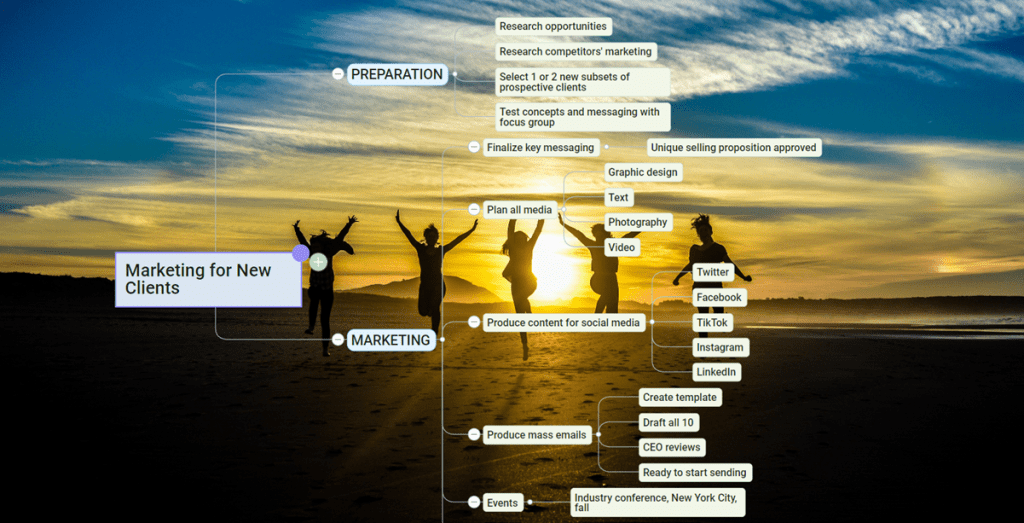These days, people are always under the influence of too much information and distractions anywhere; therefore, finding a better way to organize thoughts, create new ideas, and develop efficiency for one’s self is really important. As such, mind maps serve as a guide for solving problems or creating ideas in a systematic yet flexible order. What do the concept maps about, and how do they make you creative, help in retain more memory, and do you make effective work habits?

Understanding the concept maps
Essentially, a mind map is a type of diagram that outlines ideas, concepts, or activities all related to some sort of central umbrella theme or topic. This central node sprouts various related subtopics in a web-like fashion, similar to how our brains sort information. Mind maps differ from traditional linear note-taking methods in that they accept the nonlinear reasoning pattern of humans and allow for free associations and creative links.
Concept Mapping Benefits
1. Heightened Creativity
Concept maps are a creativity engine; they boost divergent thinking and the ability to generate new ideas. A concept map makes it easy for people to externalize their ideas in a way that encourages unusual linkages and new solutions to complex problems. By using the world as it is supposed to be, we may free logic from its linearity and, in turn, get much broader and more inventive ways of solving problems.
2. Better Retention of Information
Research indicates that the incorporation of both visual and spatial elements in mind mapping has been seen to help in remembering and recalling information more effectively. Mind maps are visually oriented; hence, they can employ various cognitive functions, making these pieces of information easy to memorize. Also, this hierarchical structure on the mind maps is helpful in organizing, classifying, and relating the concepts, hence enhancing storage in long-term memory.
3. Clarity and Organization
Concept maps are especially useful in that they can break down dense information into simple, clear, organized forms. Mind maps capture big, broad thoughts and disintegrate them into smaller units, hence, serving an overall view of the main points and yet well organized. Such clarity helps with understanding and provides direction for actions by aiding one to select which task should be emphasized in the face of many distractions.
4. Accelerated Learning
Concept maps are integral components of rapid learning, for example, in exam preparations, skill acquisition, and information intake from different sources through mind maps. Summary views of critical concepts via mind maps enhance fast appreciation and digestion of information since learners are able to think and analyze a concept in full or part.
Mind-Mapping Phenomenon
Mind maps have broad applications in education, business, personal development, and even creative activities. Following are a few real-world usages of the tool:
- Project Planning: The objectives will be designed, activities identified, and resources allocated with the help of a mind map in a very structured way.
- Brainstorming: Ideation and organization can be made together to leverage the collective imagination of the team.
- Study and Note-taking Skills: Summarize lecture notes, textbooks, and research papers in a simplified, visually appealing manner.
- Problem-solving: Break down complex problems into simpler bits then find their origins before exploring all possible solutions in a format that is clear.
- Goal Setting: Visualizes goals, then decomposes them into doable parts while checking progress at intervals.
Conclusion
With so much information available at a click and an ever-forgetting brain, today’s fast-paced world requires one to think with clarity and creativity, which will enable individual processes through innovative ideas. Mind mapping, therefore, is a tool that bespeaks innovative ideas within individuals by breaking thinking patterns from linear approaches to nonlinear approaches through visuals. Why not take the journey into the unknown by starting with a pencil and paper or even an online application to produce a mind map? Only one’s imagination is the limit to the possibilities.

